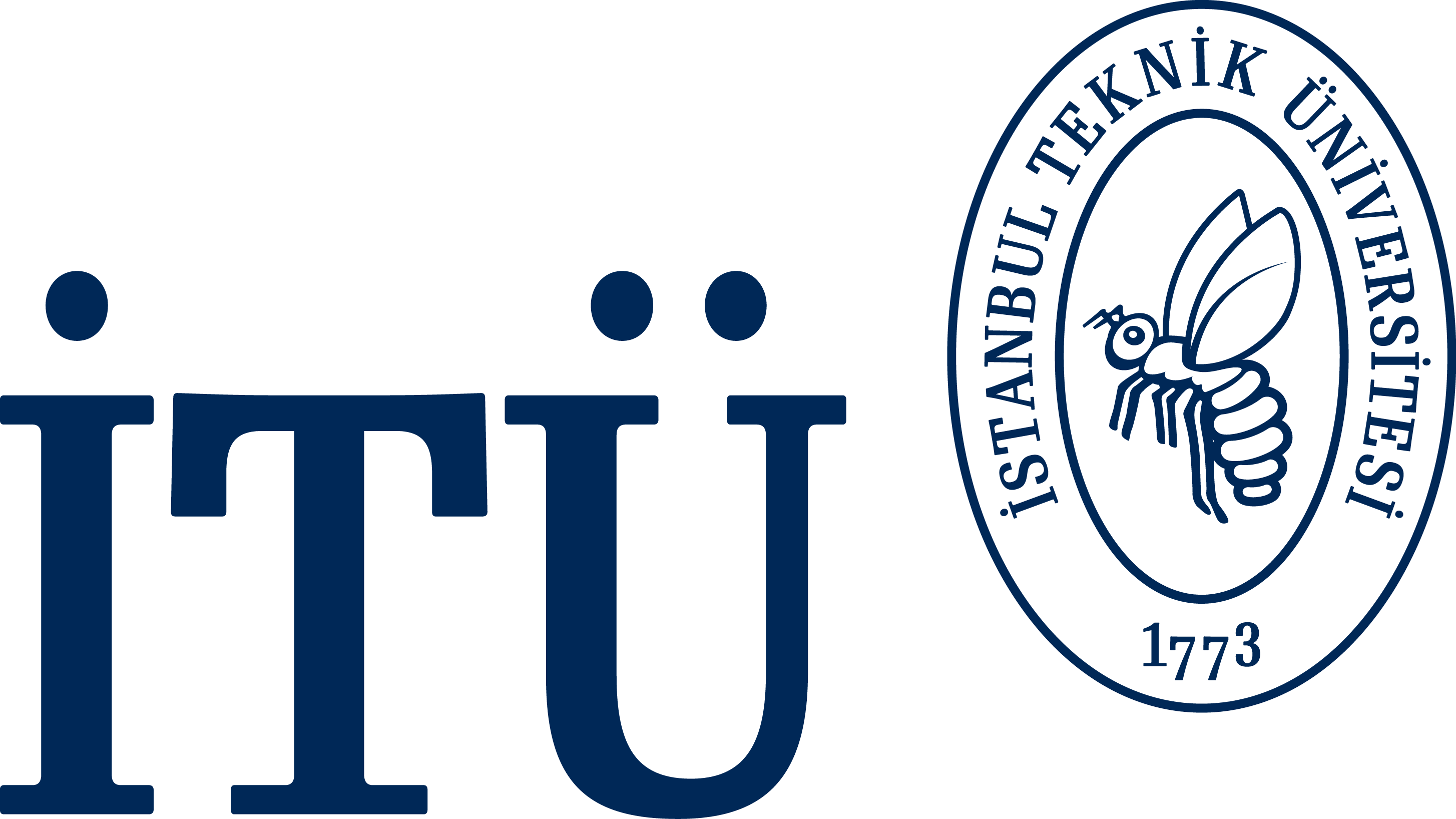
|
DERS PROGRAMI FORMU
|
Son Güncelleme (Last Update)
31.01.2025
|
| Dersin Adı: Hesaplamalı Sürekli Ortamlar Mekaniği | Course Name: Computational Continuum Mechanics |
| Kod (Code) |
Yarıyıl (Semester) |
Kredi (Local Credits) |
AKTS Kredi (ECTS Credits) |
Ders Uygulaması, Saat/Hafta (Course Implementation, Hours/Week) |
||
| Ders (Theoretical) |
Uygulama (Tutorial) |
Laboratuvar (Laboratory) |
||||
| MAT 374/E | 6 | 3 | 6.5 | 3 | 0 | 0 |
| Bölüm / Program (Department / Program) |
Matematik / Matematik Mühendisliği
(Mathematics / Mathematical Engineering) |
||
| Dersin Türü (Course Type) |
Zorunlu
(Compulsory) |
Dersin Dili (Course Language) |
İngilizce
(English) |
| Dersin Ön Koşulları (Course Prerequisites) |
(FIZ101-E min DD) & (MAT232-E / MAT210-E / BIO210E / BLG210E / CEV210-E / DEN210E / EEE210E / EEF210-E / FIZ210 / GEM210E / GEO220-E / INS210-E / KIM271 / MAK210E / MAT201-E min DD) | ||
| Dersin Mesleki Bileşene Katkısı, % (Course Category by Content, %) |
Temel Bilim ve Matematik (Basic Sciences and Math) |
Temel Mühendislik (Engineering Science) |
Mühendislik / Mimarlık Tasarım (Engineering / Architecture Design) |
Genel Eğitim (General Education) |
| 40 | 60 | - | - |
| Dersin Tanımı (Course Description) |
İndis ve Vektör Notasyonu, Skaler, Vektör ve Tansör Kavramları, Yoplama Uzlaşımı, Tansörel Operatörler. Şekil Değiştirme, Boy ve Açı Değişimleri, Alan ve Hacim Değişimleri, Şekil Değiştirme Değişmezleri, Asal Doğrultular. Şekil Değiştirmenin MATLAB İle Simülasyonu. Kinematik, Hız, İvme, Maddesel Türev, Hacim İntegralinin Kinematiği. Gerilme, Gerilme Vektörü ve Gerilme Tansörü, Asal Gerilmeler. Gerilme İle İlgili MATLAB Uygulamaları. Uygunluk Koşulları. Korunum Yasaları, Kütlenin, Momentumun, Açısal Momentumun ve Enerjinin Korunumu. İzotrop Elastik Katının Bünye Denklemleri. İş ve Enerji, Virtüel İş, Genleme Enerjisi ve Kinetik Enerji, Ritz Enerji Yöntemi. Bazı MATLAB Uygulamaları, Elastik Çubuğun Yer Değiştirmesi, Düzlem Elastik Dalgalar, Plak Titreşimi. |
| Index and Vector Notation, Scalar, Vector and Tensor Concepts, Summation Convention. Deformation, Length and Angle Changes, Area and Volume Changes, Strain Invariants, Principal Axes. Simulation of Deformation with MATLAB. Kinematics, Velocity, Acceleration, Material Derivative, Kinematics of Volume Integral. Stress, Stress Vector and Stress Tensor, Principal Stresses. MATLAB Applications Related with Stress. Compatibility Conditions. Conversation Laws, Conservation of Mass and Balance of Momentum, Angular Momentum and Energy. Constitutive Equation of Isotropic Elastic Solid. Work and Energy, Virtual work, Strain and Kinetic energy, Ritz Energy Method. Some MATLAB Applications, Deformation of Elastic Beam, Plane Elastic Waves, Plate Vibration. | |
| Dersin Amacı (Course Objectives) |
|
|
|
| Dersin Öğrenme Çıktıları (Course Learning Outcomes) |
Bu dersi tamamlayan öğrenciler aşağıdaki becerileri elde eder:
|
Students completing this course will be able to:
|